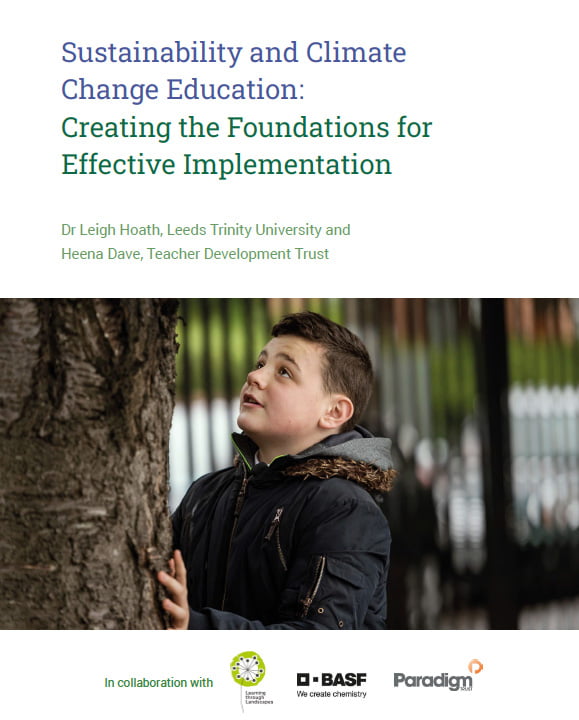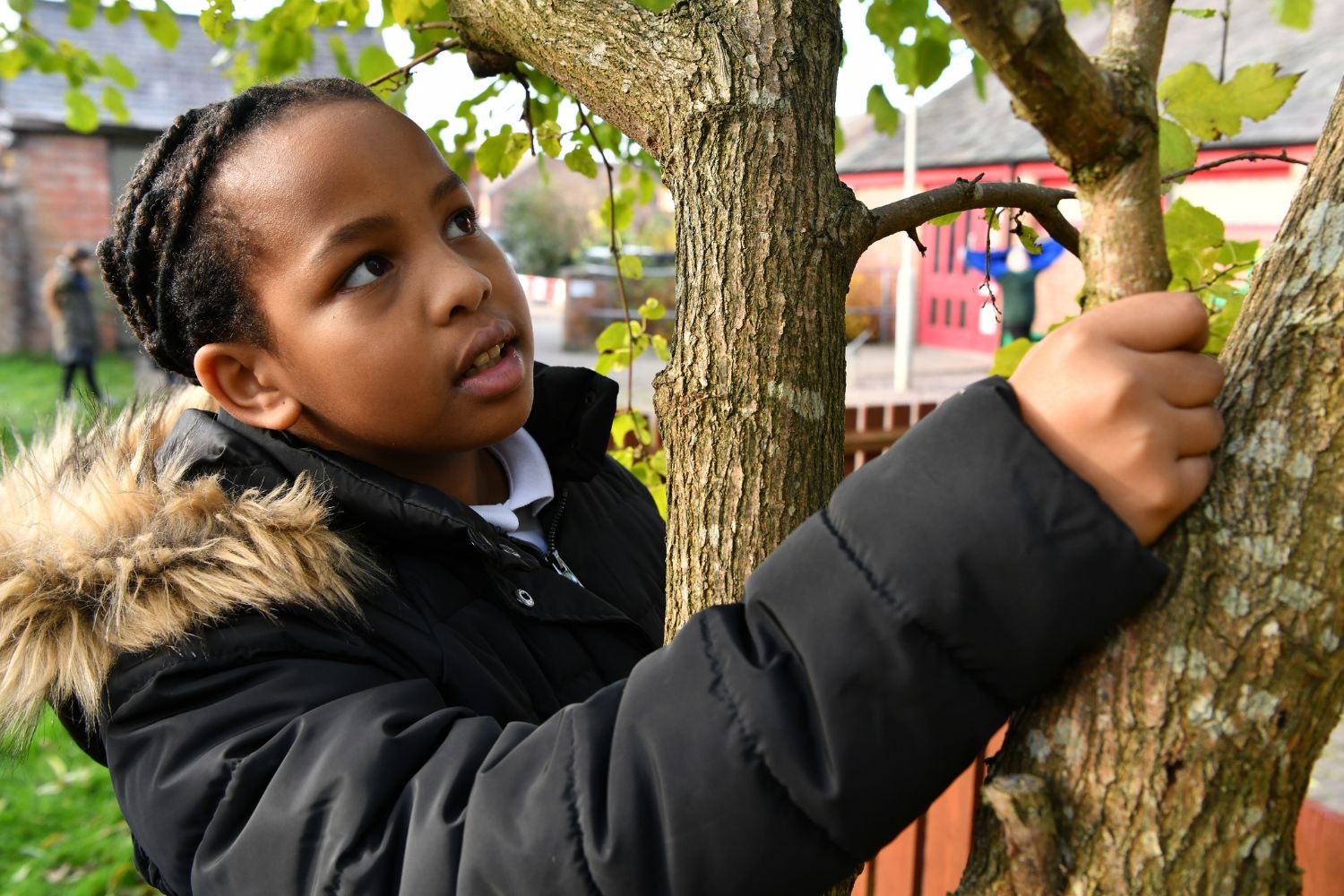Nature Play: Maintenance Guide
The aim of this guide is to support anyone with responsibility for introducing nature play and may use non-uniform, non-standardised play equipment and features.
The aim of this guide is to support anyone with responsibility for introducing nature play and may use non-uniform, non-standardised play equipment and features.

